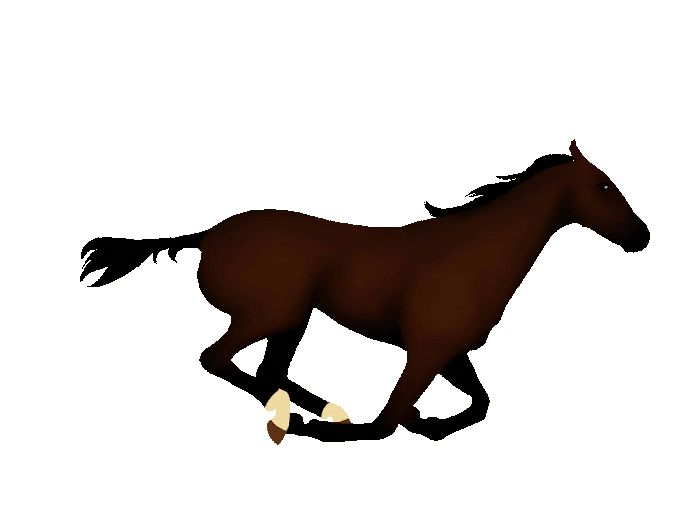THE TRACK WORK FACTOR
Some people that are considered “outsiders” to the racing do not give much consideration to the track work outs/exercising of the race horses. For the trainer/owner there is a lot of meaning and the importance of track work to a race horse’s schedule.
Importance of Track work
Common questions are why is it done so early in the morning (the industry is known for starting long before the sun is even up and before the rooster is ready to crow). What most people fail to realise is that just like a car, race horses require work outs, care and nourishment to ensure that on the race day they are at their peak condition. Their form should be at its optimum levels to allow them to perform to their best in their respective races.
Therefore, race horses are worked in the early hours of the morning as usually by a certain time in the morning the track is closed for track work to allow the maintenance staff to begin their daily duties. This includes watering the track, checking for any holes that need filling and if necessary moving the rail, getting it ready for the upcoming race meeting.
What some don’t realise is that the Jockey that rides the horse on race day is not the only rider for the horse, Race horses also have a track work rider, these are those people who get up in the very early hours of the morning and ride the horses in their track work. The purpose of the track work rider is to ride the horse to the trainer instructions and to report back on a variety of crucial aspects ranging from the horse’s movement (is the horse sore, does it feel lame etc) to suggesting gear that the horse may need to wear on race days to improve performance.
Working the horses each morning as mentioned above allows them to keep fitness ahead of going to the races and gives the trainer an indication of how ready the horse is to go to the trials or the races again. Every trainer is different and look for different things when working their horses each morning but it is a crucial part in the preparation of the horse.
The trainer sees whether the horse is travelling nicely and without injury, also including how well he comes to the line (travels to the finish post). Some trainers will also do time workouts, timing the horse over a distance to see how well it is travelling.
Such things that trainers look at during track work is the horses’s movement (is the horse fully stretching out? Are there signs of lameness? etc. They are also looking at the gear the horse is wearing (blinkers, winkers, tongue ties, bits etc) this helps to determine what gear the horse might need to wear in its races.
A crucial part of horse racing is how the horses handle the barriers (the gates that they jump from at the races). When a young horse is going through the breaking in process, they are taught to go into the barriers alone and with a friend as well as the all important mastering the jumping out cleanly from the gates without issue. If a horse is not comfortable in the barriers, then injuries can occur to rider, horse or even barrier attendant, therefore it is important that horses have no issues with these.
When a horse comes into a racing stable for the first time, it is guaranteed they have had some barrier education from the pre-trainer to help assist the trainer with continuing the work on. Most trainers therefore incorporate JUMP OUTs in their track work, this is an opportunity of having a number of horses loaded into the barriers together to practice leaving the gates. Essentially resembling the situation they will be faced with at the races. These jump outs are not necessarily just with horses from the same stable but those from other stables and in small numbers.
Some people wonder why horses at the races play up in the gates, there are varying reasons for this and just like us horses have issues with things for various reasons. Some horses simply do not like to be in a confined space for too long, others do not like the feeling of the rails touching them and some may even have mental scars as they have been injured in the barriers before.
Jump outs are scheduled by the race track and trainers advised accordingly so that the horses’s preparations can include this all important aspect of ensuring a horse is ready to head to the races with the minimal possible risk of causing injury to themselves or others when in the barriers.
However, it is important to remember that horses are just like us- we can practice things to perfection and yet still on the day there are things that can go wrong. Horses are an animal that of course have a mind of their own and on the day they simply may not want to be in the barriers.
You may recall that some horses are put into the barriers you would see a blanket over her hind quarter- this is known as a Barrier Blanket. This is a usually piece of equipment for those horses who do not like the feel of the inside rails touching them,so the blanket is used as a in between to keep the horse happy. It is then clipped to the back of the barrier so that when the front gates open the horse can jump out and the blanket simply slides off and stays in the gates. For horses who require this equipment, trainers have to declare it on a database that such horses require a blanket, this then helps the barrier attendants identify for each race the horses that need these.
If lucky enough your trainer may take footage of your horse having a practice or Jump Out and send it to you so that you can watch this and get more of a behind the scenes look at how your horse is progressing.




0 Comments